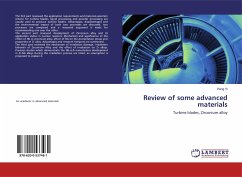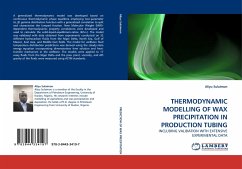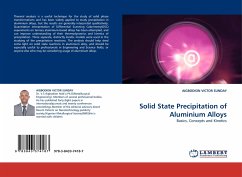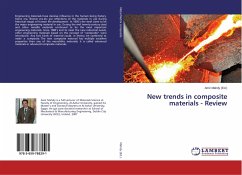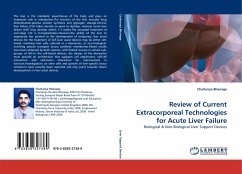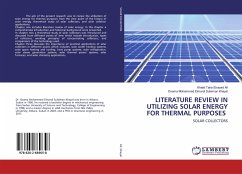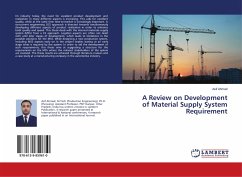The first part reviewed the application requirements and materials selection criteria for turbine blades, liquid processing and powder processing are usaully used to produce turbine blades. Advantages, disadvantages and the environmental impact of both two processes are discussed, two processes are compared and a reasoned argument is made for recommending one over the other.The second part reviewed development of Zirconium alloy and its application status in nuclear reactors, Mechanism and significance of the effect of Nb in zirconium alloy, effect of Nb on the precipitation phase and properties of Zr alloy. Advantages and research hotspots are summaried.The third part reviewed the mechanism of irradiation damage, irradiation behavior of Zirconium Alloy and the effect of irradiation on Zr alloys. Previous studies which demonstrate the Nb-rich nanoclusters development in Zr-Nb alloys during the irradiation process are listed, an assumption is proposed to explain it.
Bitte wählen Sie Ihr Anliegen aus.
Rechnungen
Retourenschein anfordern
Bestellstatus
Storno

